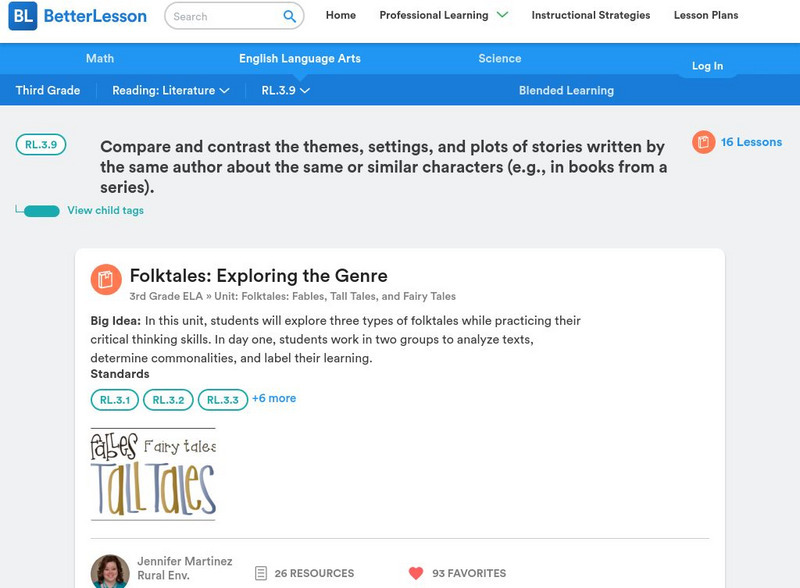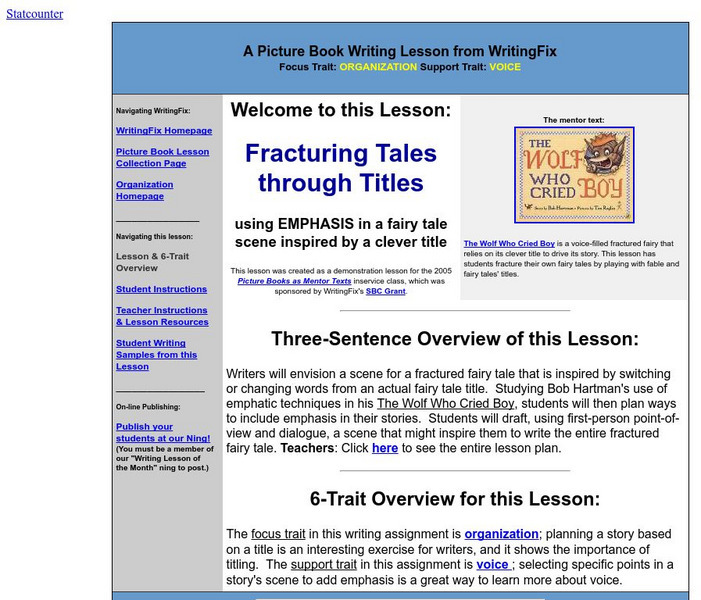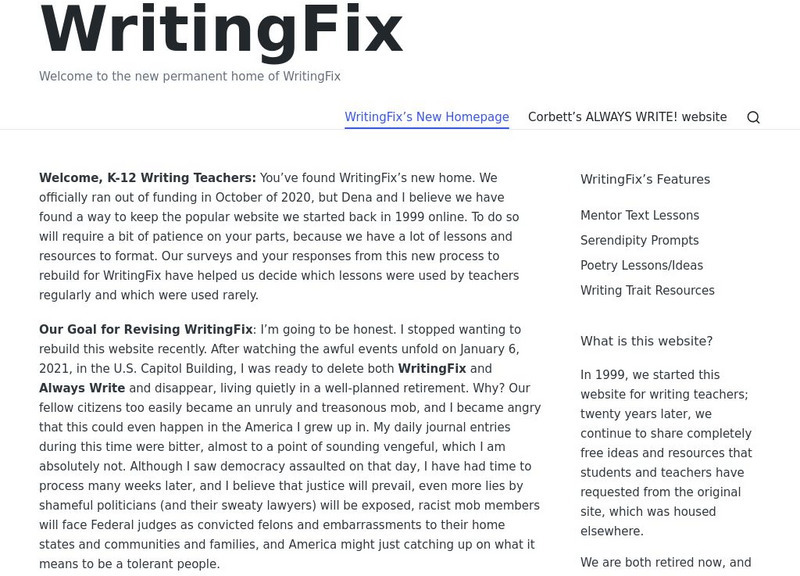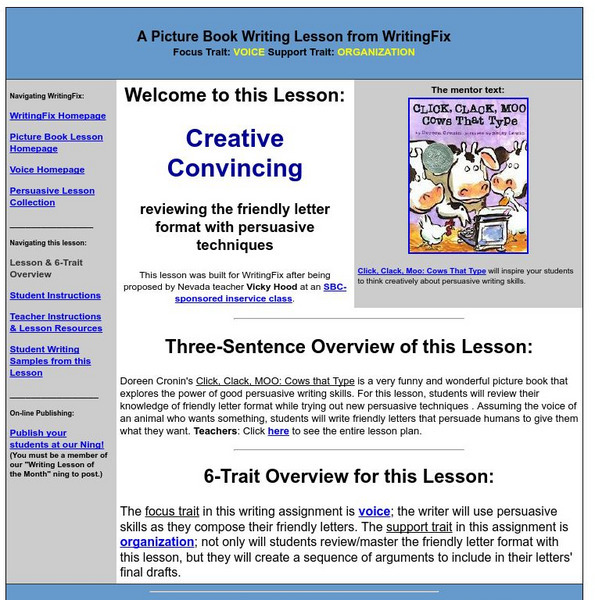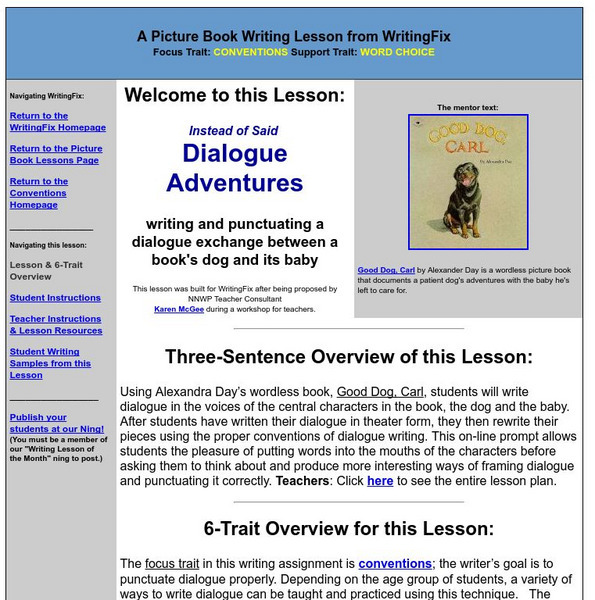K12 Reader
Food Is Our Fuel
After studying a short article about how living things fuel their growth, readers respond to a series of comprehension questions based on the article.
K12 Reader
Repeated Subtraction Is Division
Here's a reading comprehension instructional activity that not only provides a skill building opportunity but also introduces readers to the idea of repeated subtraction.
Curated OER
Third Person Point of View
Have your class practice determining whose point of view is being utilized throughout the course of a story. They begin by working as a class to create a chart which will provide textual examples that describe first and third person...
Curated OER
Lesson 1: First Person Point of View
The words I, me, and my are the first clues learners will use as they are introduced to identifying first person point of view. First the class charts word clues that usually indicate first person, then they read a story as a class and...
Curated OER
Oklahoma Stone Soup
Class members complete activities related to the story "Oklahoma Stone Soup." First, pupils read, discuss, and answer questions about the story. Next, to incorporate math into the lesson, learners make stone soup using a variety of...
Curated OER
Mighty Earth Movers
Note that although the publisher lists almost all of the Common Core standards for both math and language arts, you will most likely want to take the general topic and choose which area to focus on. Regarding math, pupils measure worms...
Curated OER
Little Red Hen
Pupils listen to a teacher reading of The Little Red Hen, identify the story elements and sequence them. They talk about different jobs associated with providing food and act out a play based on the story. Be aware that although several...
National Endowment for the Humanities
Neh: Edsit Ement: Animal Fables and Trickster Tales
Animals and tricksters appear in folk tales from a wide variety of cultures, especially those with strong oral storytelling traditions. Use this lesson plan to introduce learners to these characters and the lessons they were used to...
National Endowment for the Humanities
Neh: Edsit Ement: Variations in Plot and Setting
Although Disney's version of Cinderella is most popular in America, hundreds of versions exist across many cultures. This resource provides lessons, which examine the similarities and differences in literary elements among many versions...
University of South Florida
Fcat Express: Teaching Strategies (Reading) [Pdf]
Printable, fifty-five page PDF file of a staff development manual containing strategies for teaching reading. Includes chapters on vocabulary, main ideas and supporting details, author's purpose, chronological order, plot and conflict...
University of South Florida
Fcat Express: Cause and Effect
Site provides extensive assistance in preparing 4th grade students for Florida Comprehensive Assessment Test. This section helps students identify cause and effect in literature.
TeachEngineering
Teach Engineering: Pingus Penguins: Writing Good Instructions
Students use the free computer game Pingus to learn how engineers, specifically environmental engineers, use their technical writing skills to give instructions and follow the instructions of others. Students learn to write instructions...
Education.com
Education.com: Words That Make Us Feel: A Lesson on Sensory Language
[Free Registration/Login Required] After this lesson centered around the book Owl Moon, students will be able to identify words and phrases that suggest feelings and appeal to the senses.
Better Lesson
Better Lesson: Rl.3.9: Compare and Contrast Themes, Settings, and Plots
Links to 16 lessons that focus on skills within third grade reading standard RL.3.9.
abcteach
Abcteach: Personification Form [Pdf]
Form reinforces the concept of personification with examples and room for students to create their own.
Better Lesson
Better Lesson: Examining Point of View
Who is telling the story? Young scholars analyze whose eyes the reader is looking through. Students will learn that there is more to point of view than knowing who is telling the story. This instructional activity will teach them about...
Other
Penn. Department of Education:comparing and Contrasting Different Versions
Comparing and contrasting is a higher-level thinking skill promoted in the Common Core Standards leading to the ability to comprehend and analyze texts through various topics and genres. This lesson on Comparing and Contrasting Stories...
Writing Fix
Writing Fix: Responding to Comparison/contrast: 3 Voice Storyboard: Feeling [Pdf]
In this PDF lesson, young scholars study topics on which people might have differing feelings; they then create three dialogue bubbles that represent three different viewpoints: one that loves the topic, one that dislikes it, and one...
Writing Fix
Writing Fix: A Picture Book Writing Lesson: Start With What Isn't There
In this lesson, learners will describe a setting, attempting to set a mood for their readers in two paragraphs. Borrowing a technique from Stephen Kramer's two-page introduction to Caves, they will begin with a paragraph that explains...
Writing Fix
Writing Fix: Fracturing Tales Through Titles
Students read The Wolf Who Cried Boy by Bob Hartman and then write their own fractured fairy tales using first-person point of view and dialogue. Teacher and student instructions are provided along with student writing samples, an...
Writing Fix
Writing Fix: I Wanna: Writing a Persuasive Letter
For this lesson, students will experiment with word choice as it relates to persuasion.
Writing Fix
Writing Fix: Giving Voice to Opposites
In this lesson, learners will develop a narrative in opposing voices.
Writing Fix
Writing Fix: Creative Convincing
In this lesson, students will create a friendly letter taking on the persona and voice of a persuasive animal.
Writing Fix
Writing Fix: Dialogue Adventures
For this lesson students will learn how to write dialogue in a particular voice.








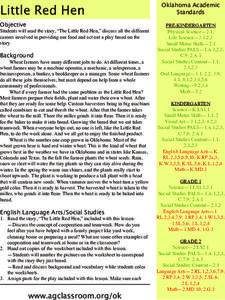
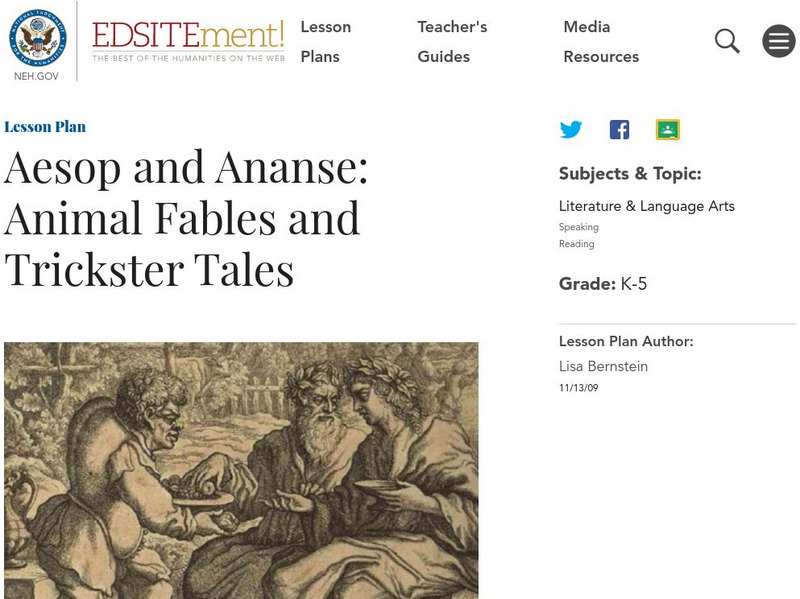
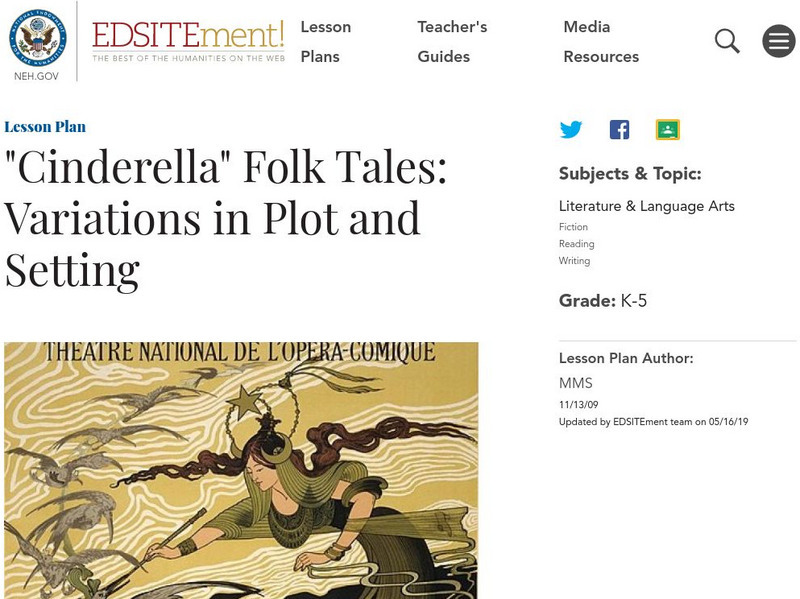
![Fcat Express: Teaching Strategies (Reading) [Pdf] Study Guide Fcat Express: Teaching Strategies (Reading) [Pdf] Study Guide](https://d15y2dacu3jp90.cloudfront.net/images/attachment_defaults/resource/large/FPO-knovation.png)



